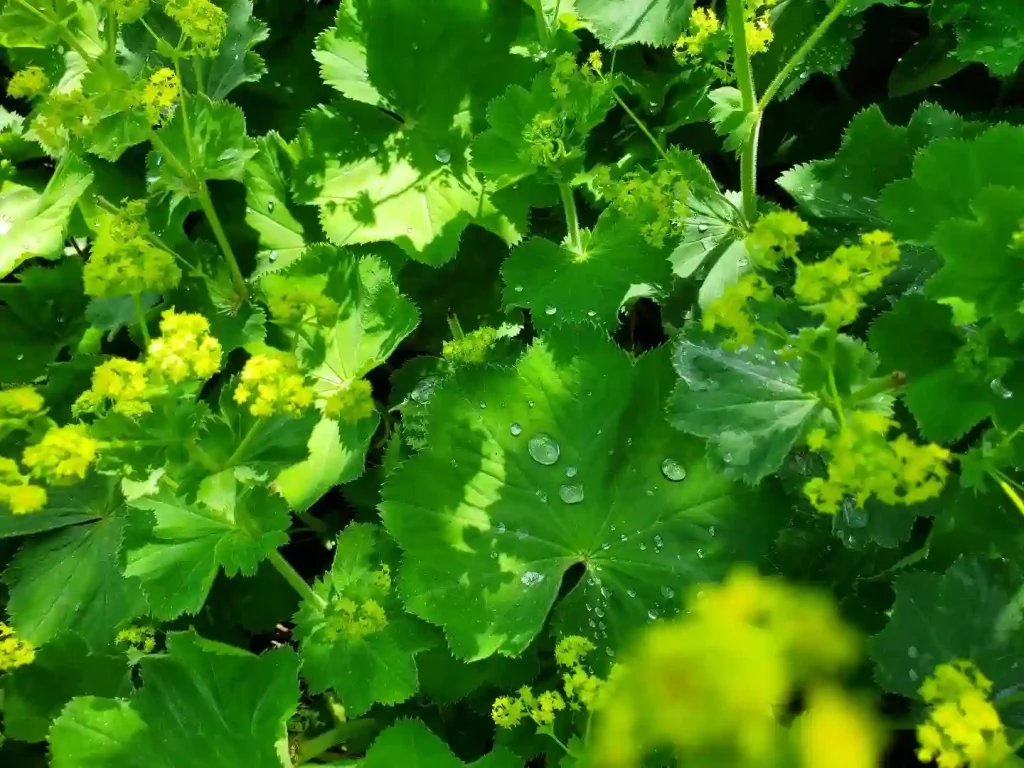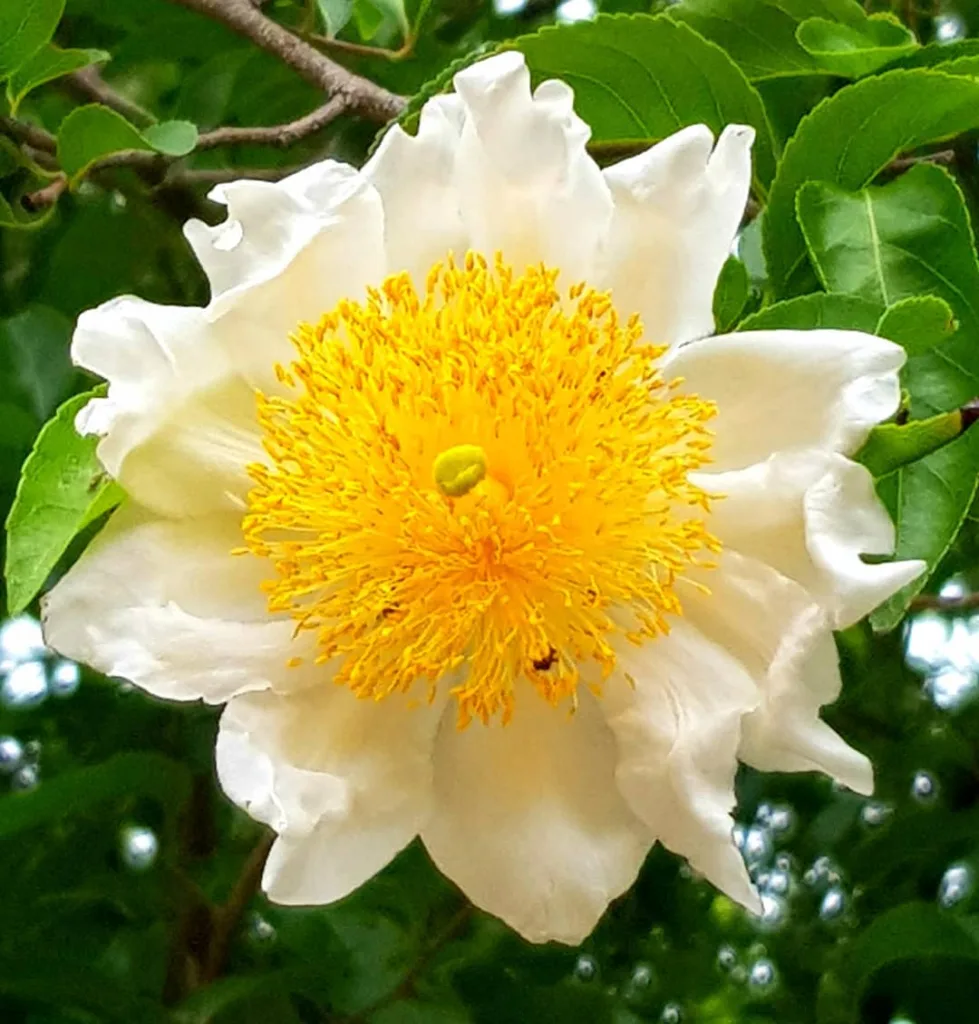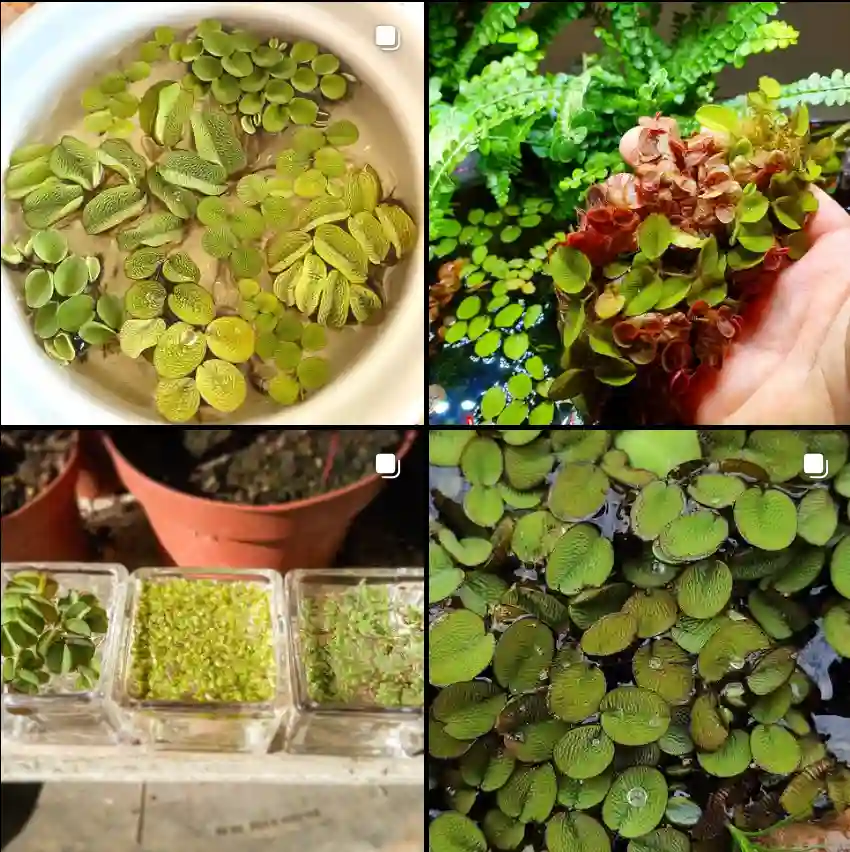What is Artemisia Capillaris?
Artemisia Capillaris, often known as capillary wormwood, is a perennial herb native to East Asia, particularly China, Korea, and Japan. This plant belongs to the Asteraceae family and is renowned for its medicinal properties. It’s characterized by its delicate, feathery leaves and small, yellowish flowers that add a unique touch to gardens and herbal remedies.
508 Species in Genus Artemisia
What is Artemisia Capillaris Extract?
Artemisia Capillaris extract is derived from the leaves and stems of the Artemisia Capillaris plant. This extract is known for its rich content of essential oils and compounds such as flavonoids and sesquiterpenes. It has been traditionally used in Eastern medicine for its purported benefits, including its detoxifying properties and support for liver health. In recent years, it has gained attention in herbal supplements and skincare products due to its potential antioxidant and anti-inflammatory effects.
How to Care for Artemisia Capillaris?
Caring for Artemisia Capillaris involves understanding its preferred growing conditions. This plant thrives in well-drained soil and full sun to partial shade. It’s quite resilient and can tolerate a range of soil types, though it prefers slightly acidic to neutral pH. Regular watering is essential, especially during dry spells, but overwatering should be avoided as it can lead to root rot. Pruning is recommended to maintain its shape and encourage new growth.
How to Propagate Artemisia Capillaris?
Propagating Artemisia Capillaris can be done through seeds or cuttings. For seeds, sow them in well-prepared soil in the spring or early summer. Lightly cover the seeds and keep the soil moist until germination, which typically takes a few weeks. If you prefer cuttings, take 4-6 inch sections of healthy stems in late summer or early fall. Dip the cut ends in rooting hormone and plant them in a pot with well-draining soil. Keep the cuttings in a warm, humid environment until they develop roots.
What to Plant With Artemisia Capillaris?
Artemisia Capillaris pairs well with various plants due to its versatile nature. In garden settings, it complements other herbs like lavender and thyme, creating a fragrant and visually appealing combination. It also works well with ornamental grasses and flowering perennials such as echinacea and coneflowers. The fine texture of Artemisia Capillaris contrasts beautifully with the bold foliage of hostas and ferns.
Can You Grow Artemisia Capillaris Indoors?
While Artemisia Capillaris is typically grown outdoors, it is possible to cultivate it indoors with the right conditions. It requires bright, indirect light, and a well-draining potting mix. Indoor humidity should be monitored to prevent the plant from drying out. If grown indoors, Artemisia Capillaris might not reach its full size or flowering potential, but it can still be a lovely addition to your indoor garden.
Is Artemisia Capillaris Toxic?
Artemisia Capillaris is generally considered non-toxic and safe for most people. However, as with any herb, it should be used with caution, especially in high doses. Some individuals might experience allergic reactions or gastrointestinal upset. Pregnant or breastfeeding women, as well as people with certain health conditions, should consult with a healthcare provider before using Artemisia Capillaris or its extract.
Benefits of Artemisia Capillaris
The benefits of Artemisia Capillaris are often highlighted in traditional medicine. It is reputed to support liver function and detoxification processes. The extract is also believed to have anti-inflammatory and antioxidant properties, which may contribute to overall health and well-being. In skincare, Artemisia Capillaris extract is used for its soothing and anti-aging effects.
Common Problems with Artemisia Capillaris
While generally hardy, Artemisia Capillaris can face a few common problems. Overwatering can lead to root rot, so it’s crucial to ensure proper drainage. Pests like aphids and spider mites can occasionally infest the plant, particularly in indoor environments. Regular inspection and prompt treatment with insecticidal soap or neem oil can help manage these issues.
Comparing Artemisia Capillaris with Similar Plants
Artemisia Capillaris is often compared to other Artemisia species, such as Artemisia Absinthium (wormwood) and Artemisia Annua (sweet wormwood). While all these plants share some medicinal properties, Artemisia Capillaris is particularly valued for its gentle detoxifying effects and suitability for liver health. It differs from Artemisia Absinthium, which is more commonly used for its bitter compounds and digestive benefits, and Artemisia Annua, known for its antimalarial properties.
In conclusion, Artemisia Capillaris is a fascinating plant with a range of uses and benefits. Whether you’re considering growing it in your garden or using its extract for medicinal purposes, understanding its care requirements and properties can help you make the most of this remarkable herb.
If i die, water my plants!



